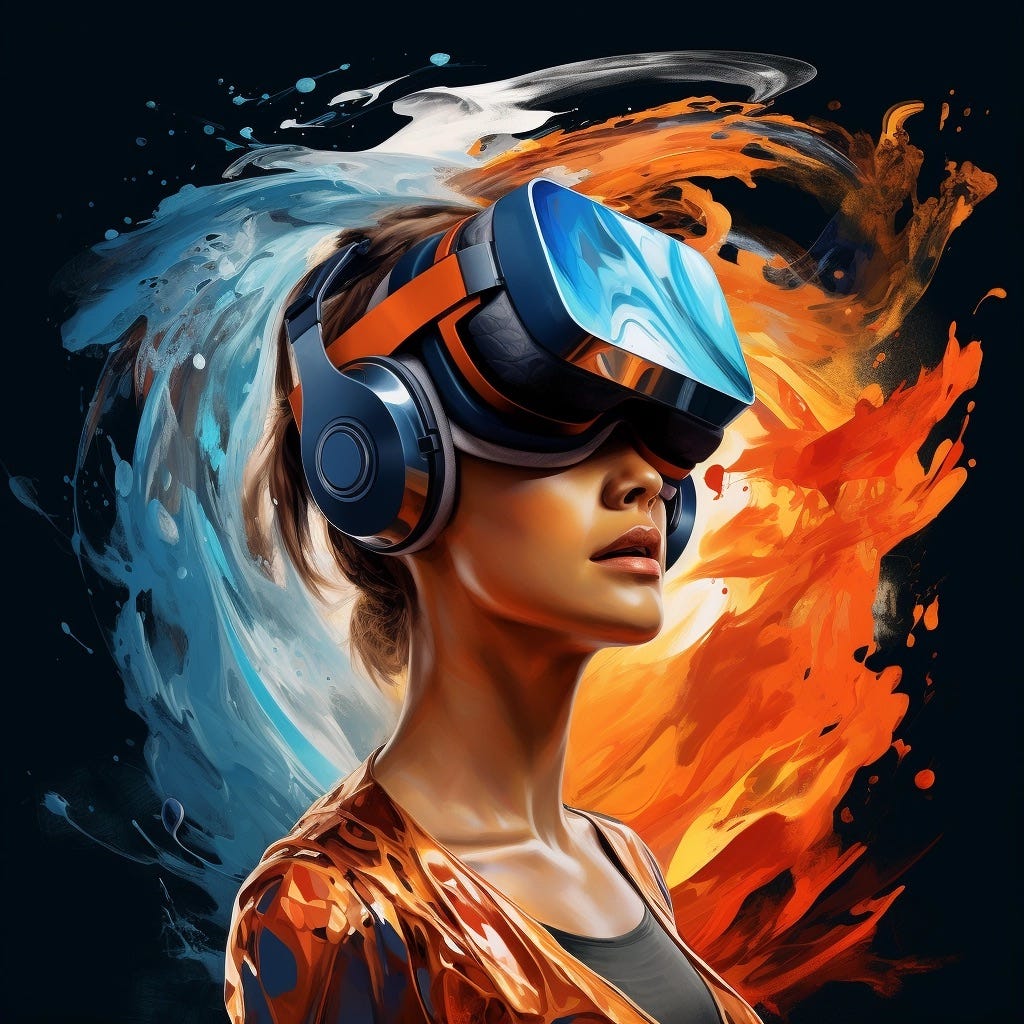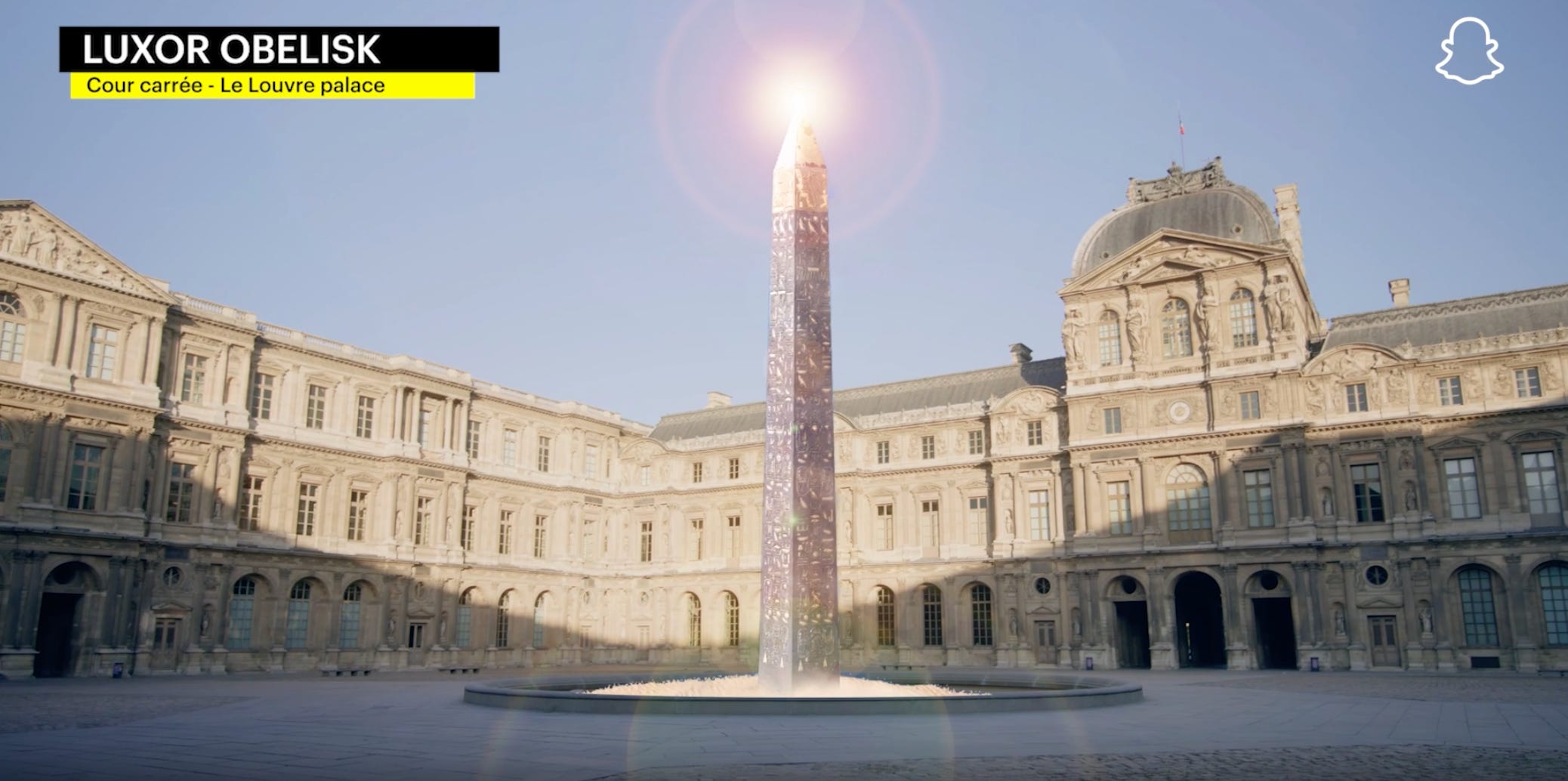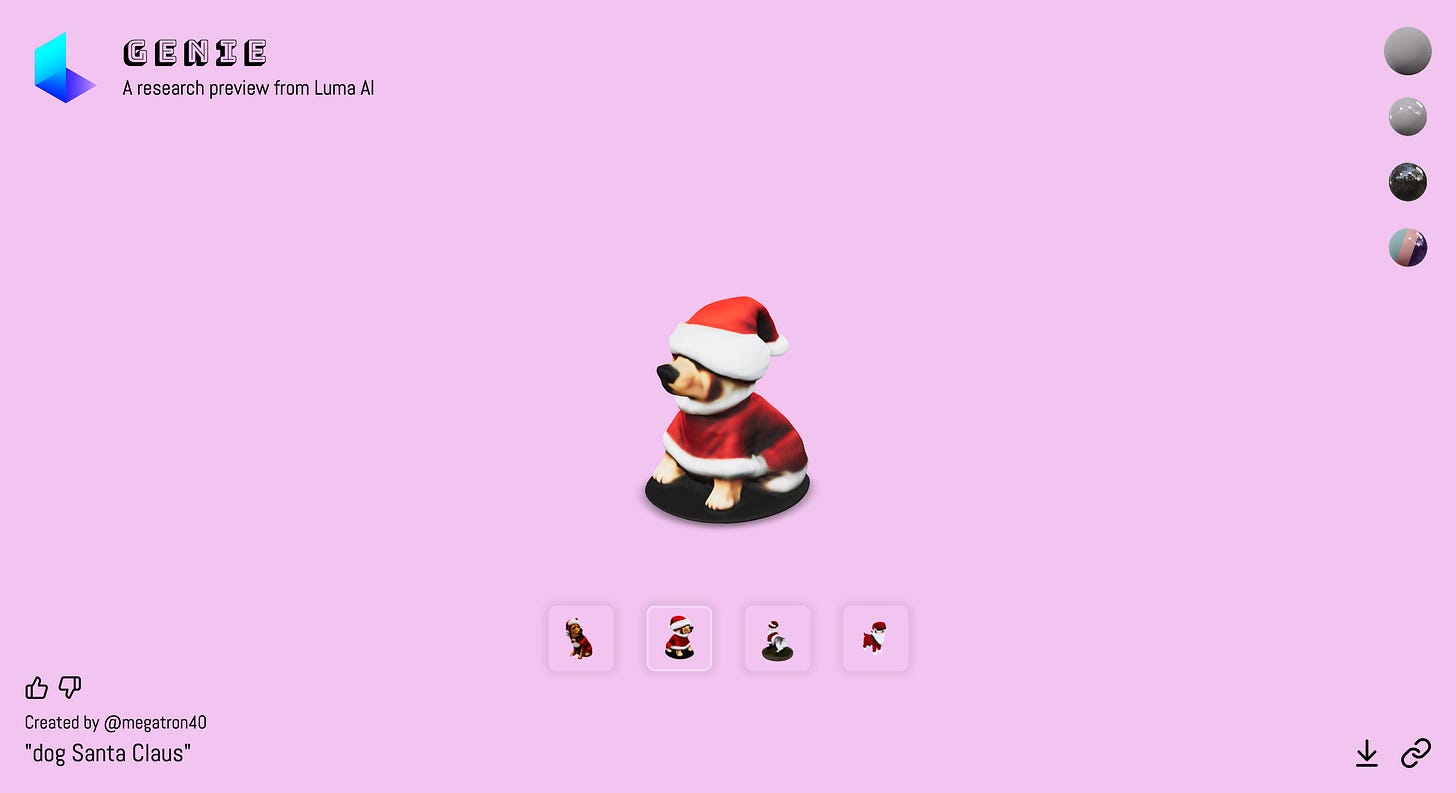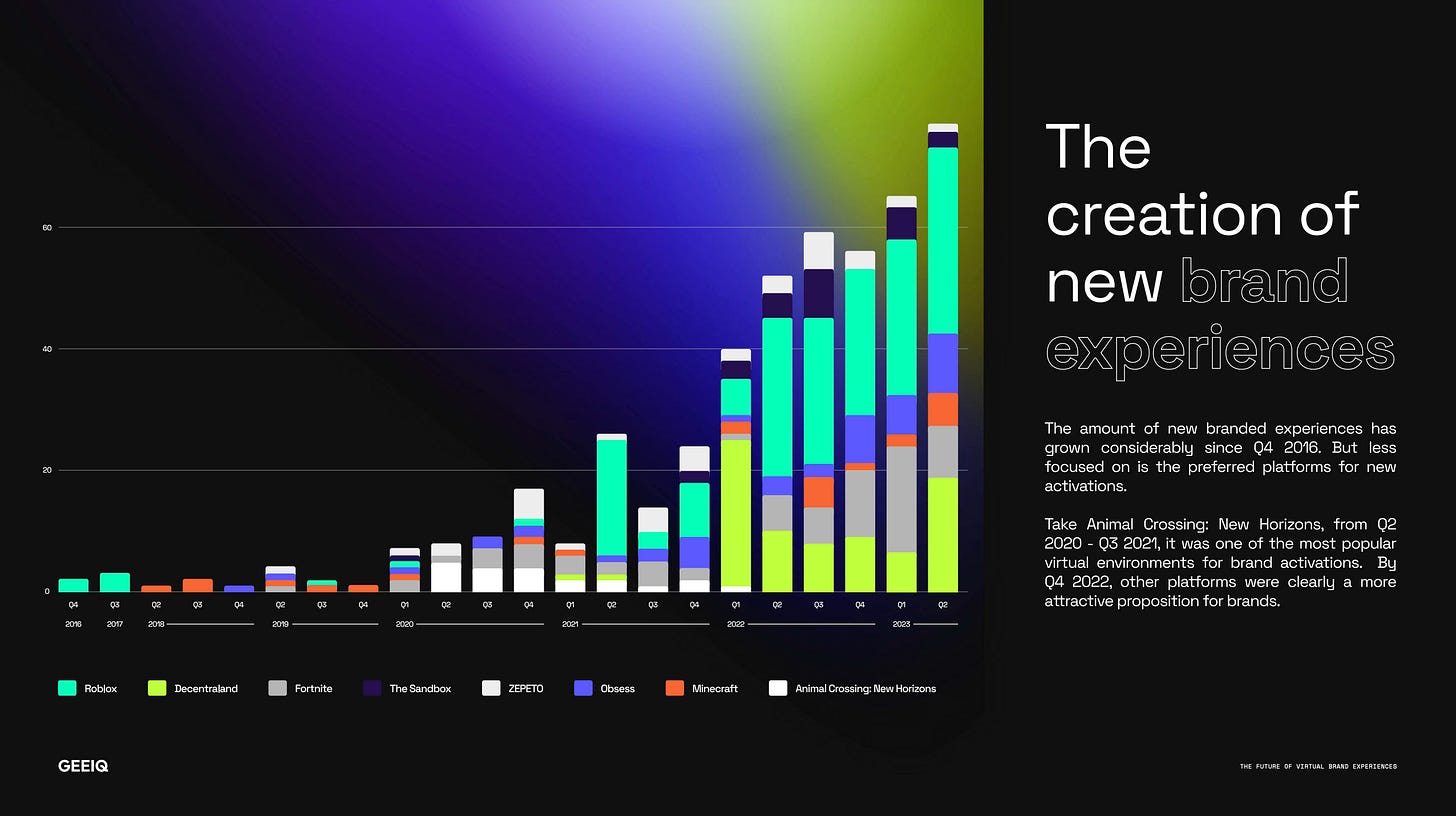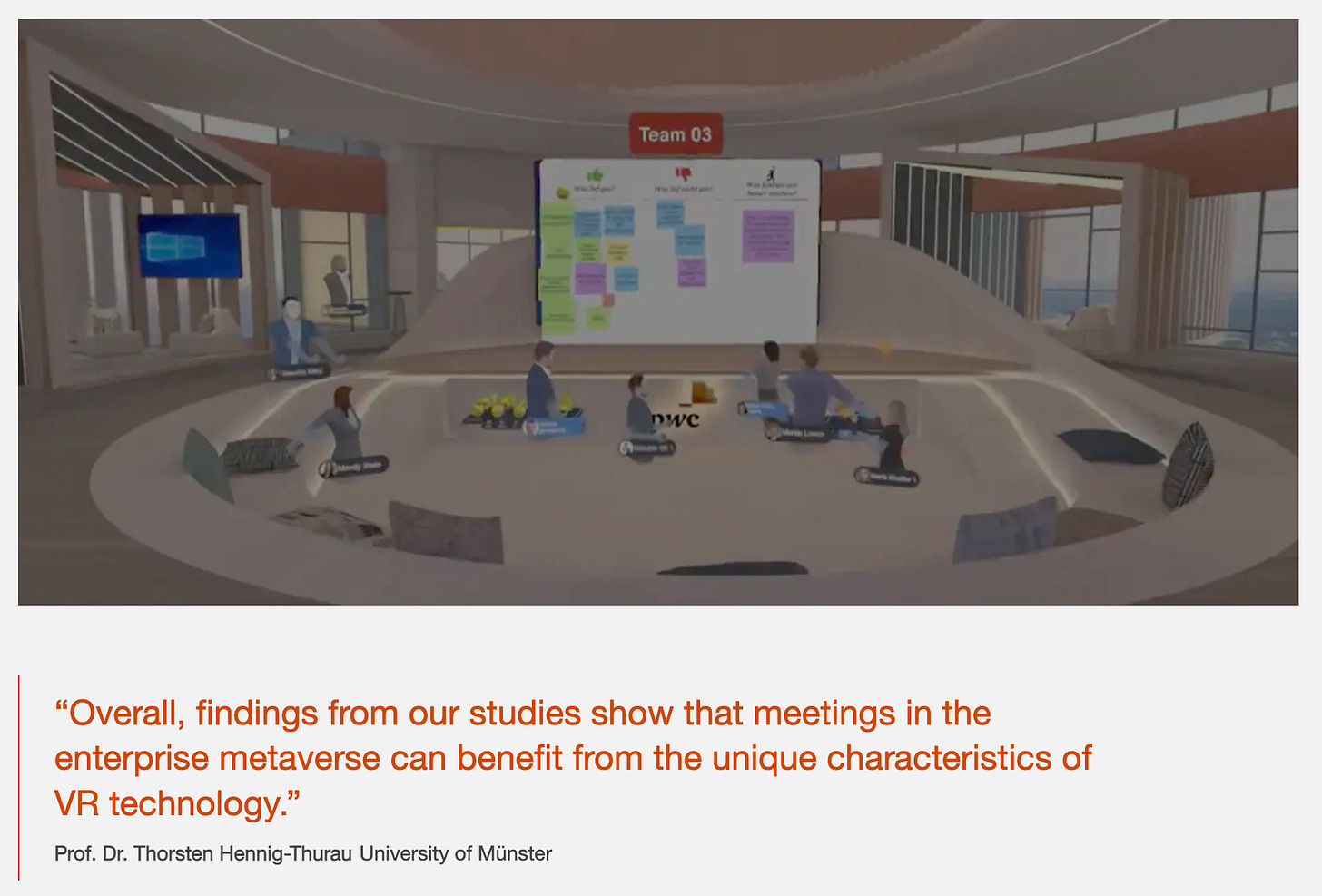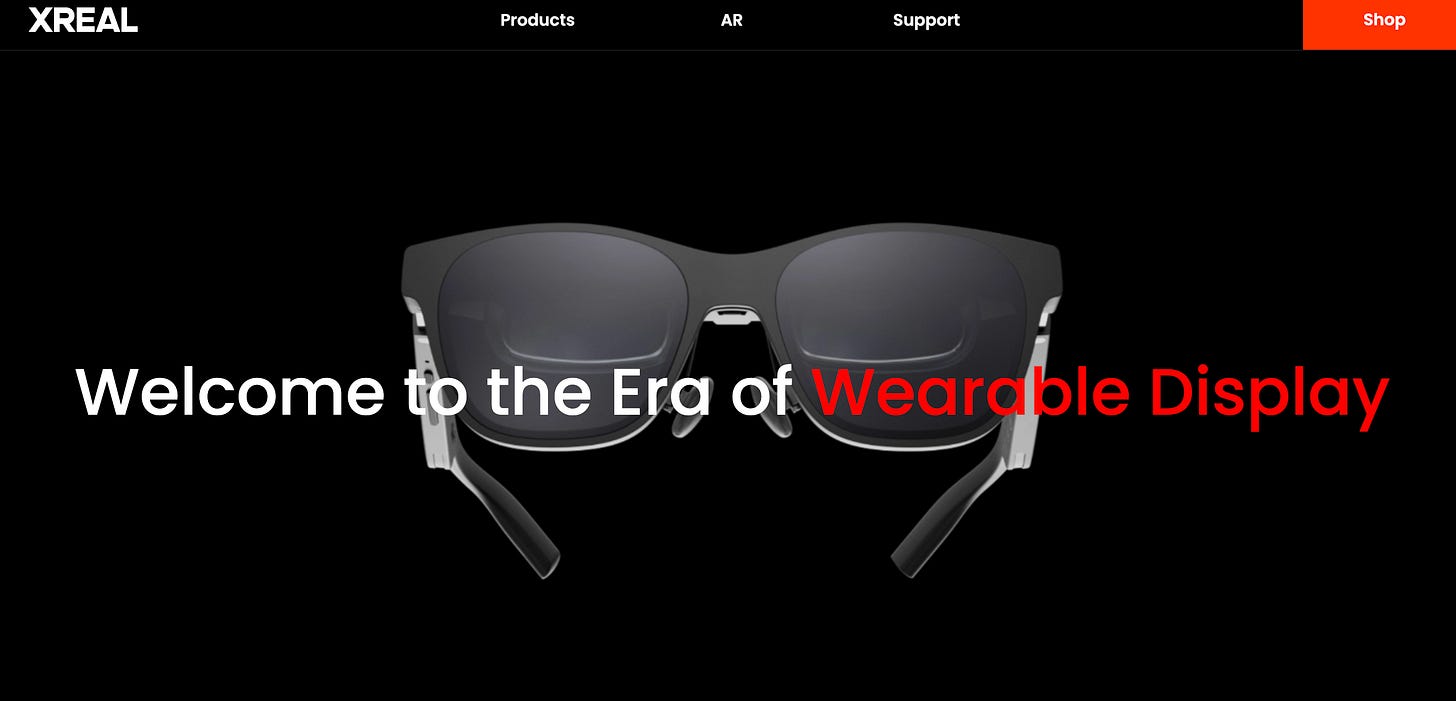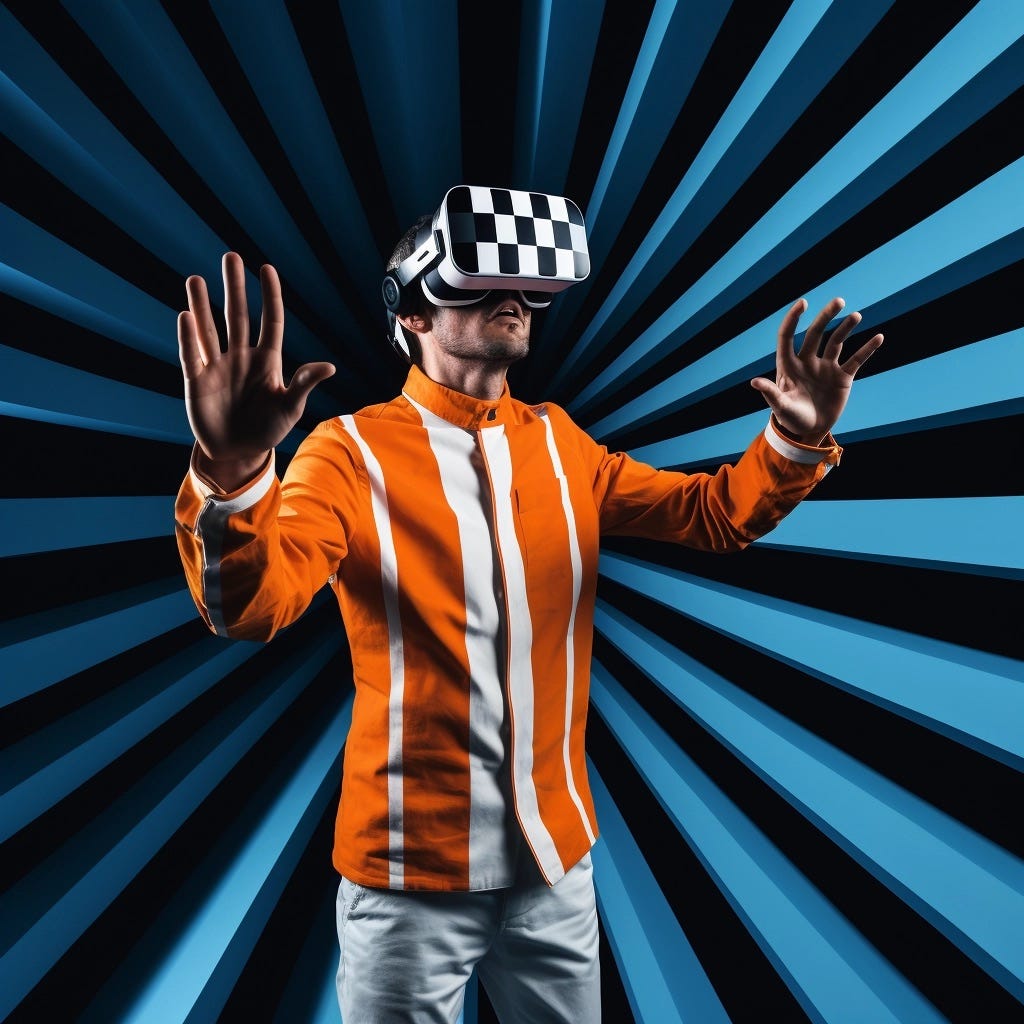Digital Explorers' Diary #58
Today: Why your organization needs a Mixed Reality strategy, Snapchat & Le Louvre, GenZ usage of Virtual Platforms, and AI-powered 3D Object creation!
Welcome to the Digital Explorers' Diary #58!
A curated collection of thought-provoking topics about interactive technologies, AI, web3, sense-making, entrepreneurship, and psychology.
Executive summary:
Why your organization needs a Mixed Reality strategy,
Snapchat partners with Le Louvre for on-site experiences,
How does GenZ use Virtual Platforms,
and AI-powered 3D Object creation!
Why your organization needs a Mixed Reality strategy
Note: The article below was inspired and builds upon this article, whose title is “Why every organization needs an Augmented Reality Strategy.“
Since the announcement of the Apple Vision Pro and the recent release of the Meta Quest 3, I have seen a lot of discussion about the terminologies of these technologies. Spatial Computing, Augmented Reality, Mixed Reality: what does all of this mean? Let’s dive into this first and look at how your organization needs to think about implementing these technologies in its strategy.
Except for Spatial Computing, these terms are not new. Indeed, the most known definition of Mixed Reality in the industry dates back to 1999, when Paul Milgram published this famous graph you can see below.
In a very clever way, Milgram shows that these technologies are not separated; instead, they evolve on a continuum from a completely real environment to a fully virtual one. And in between, we can place smart glasses, Augmented Reality on a smartphone, AR on a headset, VR on a headset, etc. He calls this continuum Mixed Reality (MR). It makes sense: at every stage, the MR experiences blend real and virtual worlds.
Great. Then, why are these technologies so crucial for your organization's strategy? An easy way is to start from this fundamental capability: Mixed Reality allows Humans to simulate, experience, and interact in real time with what cannot be seen. Let that sink in for a moment.
Another intrinsic capability of MR is through embodiment. In most cases, one has to stand up, move around, use their hands, or go outside… Integrating the physical body into these experiences makes them efficient for all the applications listed below.
From there, as the famous saying explains: “imagination is the limit.” Note that each item below could have its series of articles; I’m only scratching the surface.
Training. By being able to simulate a virtual environment that can react to the trainee’s actions, MR is a perfect medium for training. Procedures that require expensive materials, that are dangerous, or that are rare can be experienced hundreds of times without any consequences, with considerable gains in costs, trainee confidence, and training efficiency.
Assistance to complex procedures. MR is extensively used in the industry to assist with challenging tasks. Giving visual information about elements that are hidden, overlaying data in real-time, or allowing multiple iterations in virtual before going real, these technologies are, here as well, coming with significant gains in costs, performances, and safety.
Gaming. All games being simulations, MR is an excellent medium for games. Here are three factors to remember: the embodiment of the experience, the ability to play in a virtual space, and to play with interactions between the virtual and the real, both indoors and outdoors.
Entertainment. Did you miss an artist playing in your city? Or maybe the tour is not even in your country. Once they embrace MR technologies, artists can hold live, interactive events with anyone, anywhere. Ever wanted to be part of a movie, see through the eyes of the actors, and influence the action? It’s not there yet, but it will come soon in MR.
Socialization. Related: the rise of social platforms that use virtual worlds is extremely popular with GenZ; they can build their personal worlds, play together, interact, discuss, etc. And the brands are there, where their audience is.
Art, culture, and tourism. So many factors are in play: post-COVID, the rise of airplane fees, increased environmental consciousness, and many more evolutions of the culture industry are happening. MR has many answers for this. Improving a museum or site visit with virtual augmentations, experiencing art or a place from a distance, re-living past events, etc.
Cherry on the cake: these areas can blend easily in Mixed Reality. Add a well-designed game on top of training, and here comes gamification that increases engagement and success rates. Culture doesn’t need to be experienced alone: blend it into a social experience for an unforgettable memory.
Is Mixed Reality the perfect, fit-it-all solution for everything? Obviously not. Similar to the current hype on generative AI, immersive technologies are not becoming a new vertical: they are a new tool to apply to businesses… But only if it makes sense! As usual, and I’ll hammer it as many times as needed, don’t start from the technology; start from the problem. What are you trying to solve? What do you need?
As usual, if you want to brainstorm this process with me, reach out here or on LinkedIn!
This Week's News:
The Louvre in Paris collaborated with Snapchat on Augmented Reality experiences:
It’s great to see the culture industry embracing these platforms that might have a different image in the eyes of the Millennial generation but are so ubiquitous for GenZ.
Also, four experiences are on-site activations, but one is available to everyone, anywhere: that is a perfect application of Mixed Reality technologies!
3D objects are the core of all virtual worlds. Until now, one still needs technical skills to create them, but thanks to generative AI, similar to 2D art, anyone will soon be able to create. With these types of tools, combined with social platforms like Roblox or The Sandbox, we will see the rise of a new creator economy where anyone can build their own worlds and gather people.
The most promising is Genie from Luma.ai. I’ve tried many of these, and this is the first that works great end-to-end.
Others include 3DFY.ai, MasterpieceX, DeepMotion, and Anything World.
An exciting study went out a couple of weeks ago with the tagline, “Games are the social network of the future.”
It shows how GenZ is highly active on platforms like Roblox, RecRoom, or Fortnite, and how brands are adopting it quickly.
Yes, social networks won’t stay 2D; they will move to 3D environments where people gather to experience something together simultaneously.
From the Podcast
Every week, I’m teaming up with Guillaume Brincin and Sébastien Spas on the Lost In Immersion podcast. This week:
Is having a meeting in Virtual Reality better than a standard call? This study explores this topic with fascinating conclusions. Yes, many indicators favor VR, such as improvement in communication, sense of closeness, and being more comfortable, but also show a rise in tiredness. There might be a couple of factors in play: the need for adaptation to VR, the design of the experience itself, or the headset itself.
XReal announced their latest generation of AR Glasses, the air². While being very cool to wear and trendy, our concerns lay on the actual applications. Except for watching movies, the narrow field of view and the absence of real-world tracking make it challenging to be, as they say, the replacement for all screens.
And lastly, we discuss how powerful Virtual Reality is at tricking the brain. This article explains how a team of researchers managed to generate a feeling of cold, and we explained various other tricks: how making someone walk in circles can feel like going straight or how using haptics can give the feeling of going up in an elevator.
Watch the podcast below, and tune in at 10 am UTC on Tuesdays on Twitch, and listen to the podcasts on Youtube, Spotify, Apple Podcasts, Google Podcasts, or Amazon!
Did this newsletter spark some ideas? There are a lot of ways we can work together:
A quick-fire, 30-minute brainstorm with me - book it here!
We can ideate, prototype, and build your experiences - contact us here!


